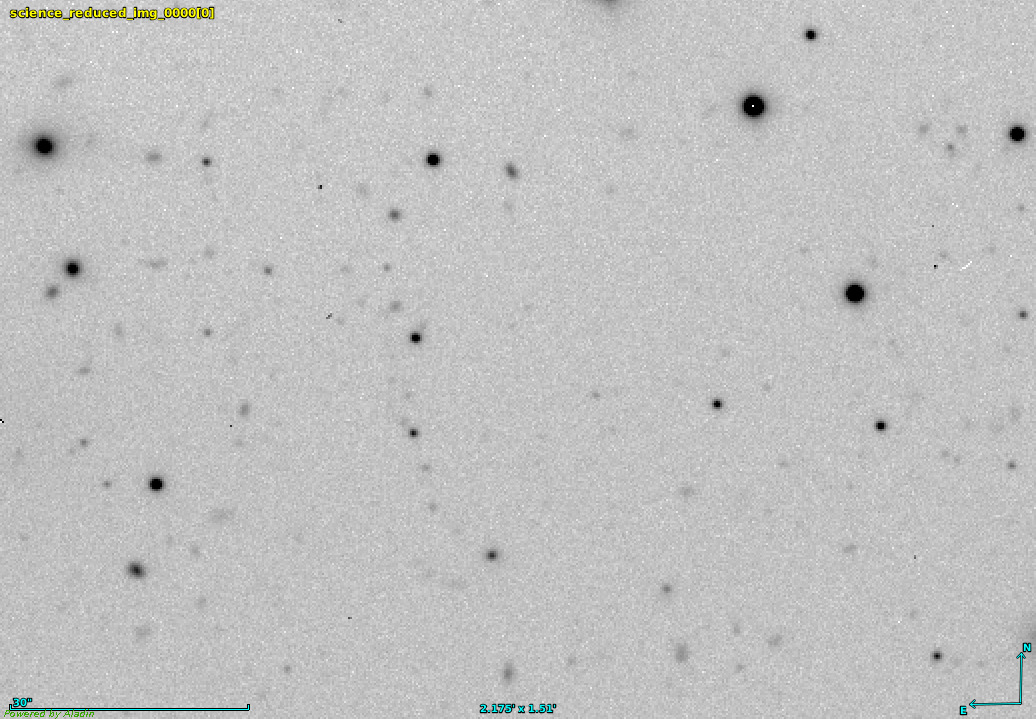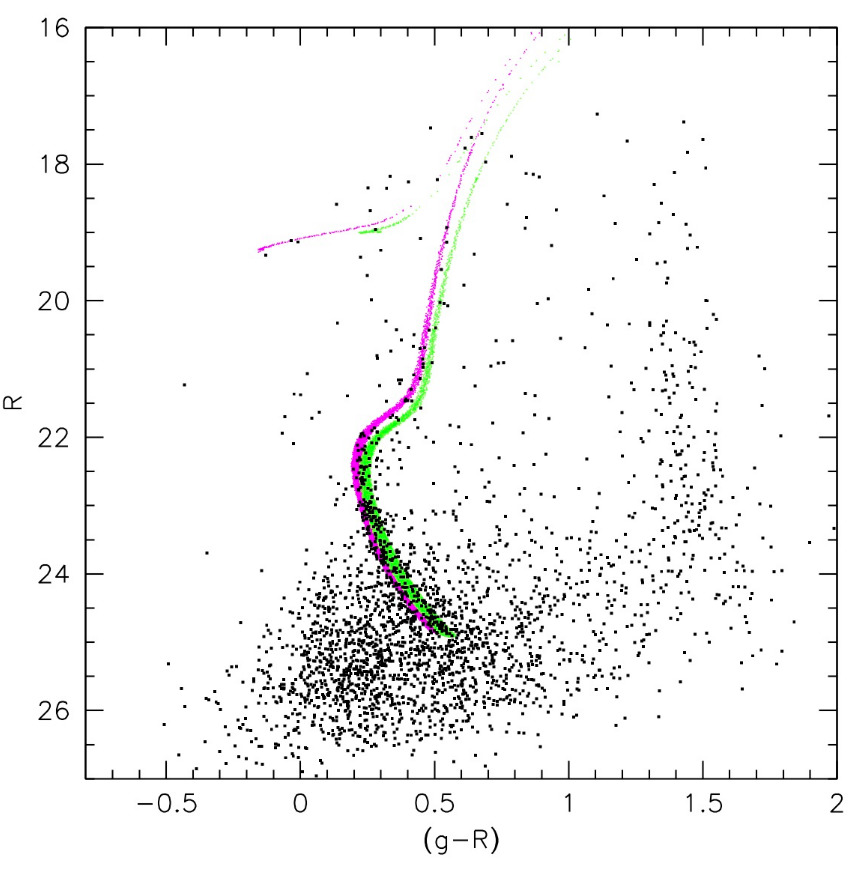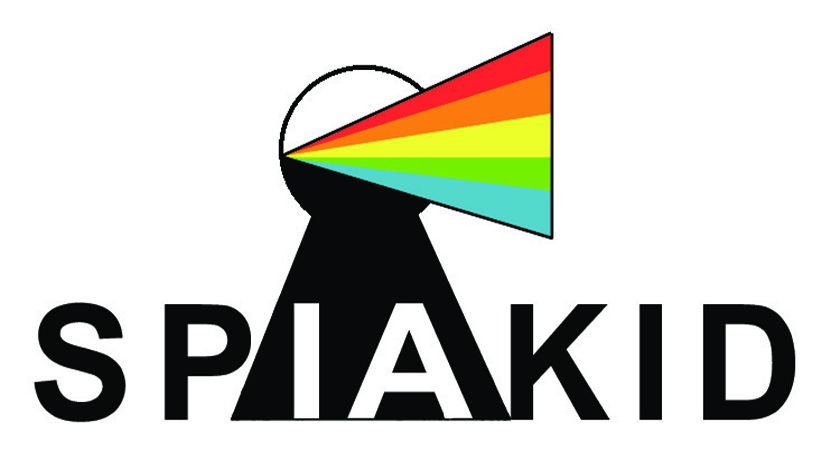Science
The SPIAKID project aims at the design and construction of an instrument that can provide spectrophotometric information of astronomical sources over a wide
spectral range for a field of view of about 2'x2' with a mosaic of 2x2 detectors . It will do so without making use of any filter or dispersing element, but
relying on the energy resolution provided by the detector.
The detector will be a superconducting Kinetic Inductance Detector (KID) of new generation, that
we are developing at GEPI. Our scientific driver for this instrument is to determine ages, metallicities and starformation histories for the Ultra Faint Dwarf
(UFD) galaxies of the Local Group.
The demonstrator instrument that we want to build, dubbed SPIAKID, will provide a very low resolution spectrum (R=λ/Δλ ~ 15)
over a very large spectral range (0.40µm to 1.6µm). Our approach is to allow the detector to provide both the spatial and the spectral information on the sources,
making the rest of the instrument very simple and therefore limiting the cost. A further advantage of our approach is that the detector is read continuously,
with a time resolution of 30 to 60 μs, that is, faster than the typical coherence time of turbulence in the Earth's atmosphere, which is a few ms.
Thus SPIAKID
will obtain many short images that can be then combined in post-processing to reconstruct images achieving high angular resolution, ideally close to the
diffraction limit of the instrument.


News
No recent science news
